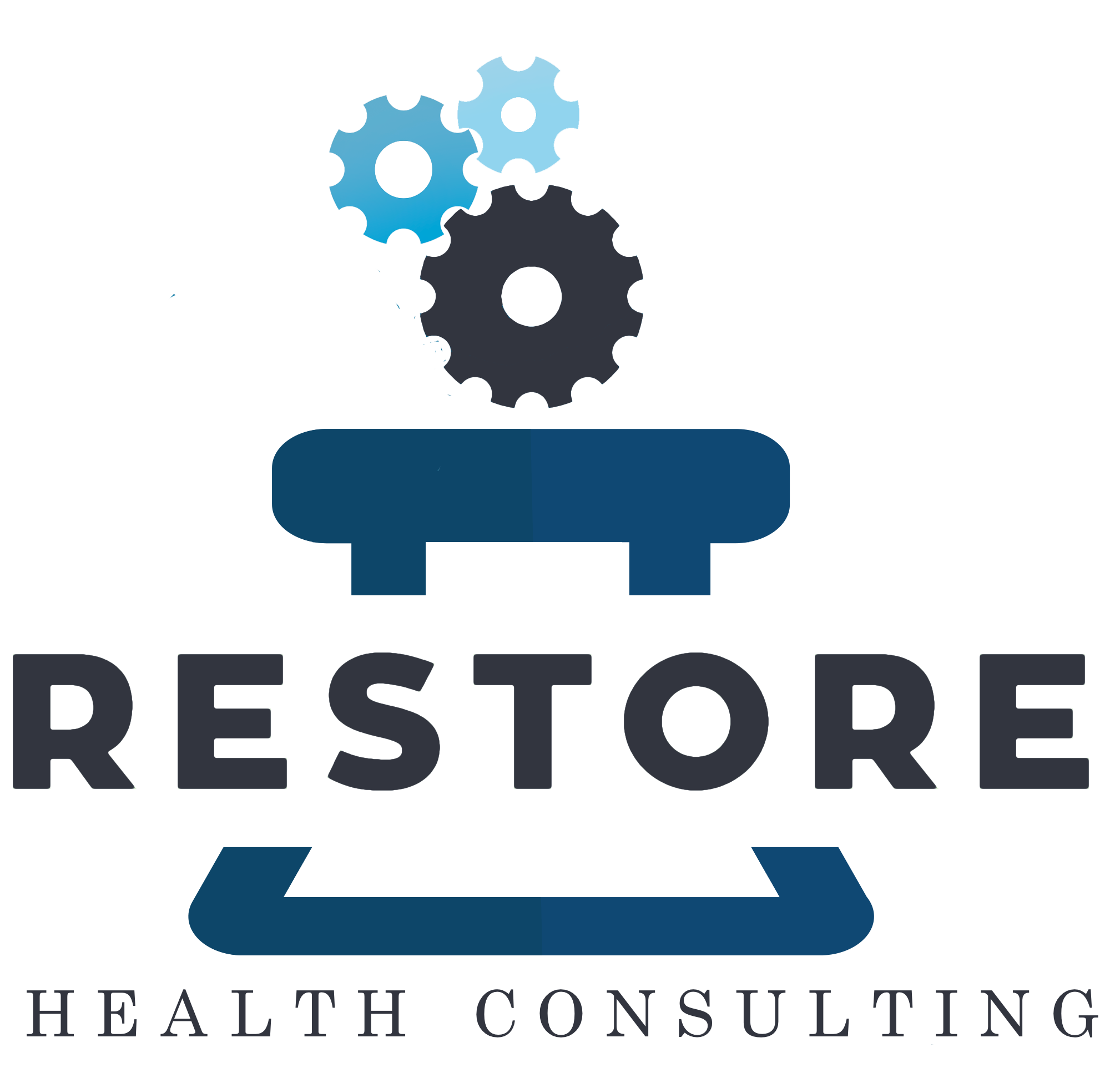503A Sterile Compounders Urged to Rethink Material Selection
USP <797> and FDA expectations place growing emphasis on component quality, documentation, and depyrogenation practices
As scrutiny sharpens around complex sterile drug compounding (especially nonsterile-to-sterile processes, batched compounding, and compounds having extended beyond use dating), 503A pharmacies are facing increasing pressure to ensure that every component used in compounded sterile preparations (CSPs)—from APIs and excipients to glassware and stir bars—meets the quality and documentation requirements set forth in USP <797> Section 9.3.1 and related FDA guidance.
While much attention in recent years has focused on air handling, garbing, and microbial control, industry experts are now sounding the alarm on a more fundamental issue: material selection.
Choosing the Right Materials
USP <797> states that “conventionally manufactured sterile products should be used when available and appropriate for the intended CSP.” This language encourages compounders to start with an FDA-approved sterile drug product when it fits the clinical and operational context.
When a sterile commercial product is unavailable, inappropriate, or does not meet the clinical need, the use of an active pharmaceutical ingredient (API) may be permitted but under strict conditions.
As per USP, all APIs and other components used must be evaluated for suitability for use in sterile drug preparations. Components labeled with “not for pharmaceutical use”, “not for injectable use”, “not for human use” or an equivalent statement must not be used to compound for these purposes.
Also per USP <797>:
The API must comply with a USP–NF monograph, if one exists
A Certificate of Analysis (COA) must be available that includes specifications and test results
The API must be manufactured by an FDA-registered facility (if U.S.-based), or comply with the relevant laws and regulations of its jurisdiction (if international)
Similar quality expectations apply to other components, such as excipients and preservatives.
Examples of CSP Starting Material Noncompliance
A number of examples have emerged in recent years—through inspectional observations, FDA guidance, and expert audits—that illustrate the types of issues that fall outside of compliance:
Use of APIs labeled “for dietary use only” in CSPs, particularly injectables, which may not meet pharmaceutical-grade standards
Preservatives or other components with COAs that explicitly state “not for parenteral use” being included in injectable CSPs
APIs repackaged in the pharmacy without required labeling information, such as full substance name, lot number, expiration date, repackaged date, and “use by” date (typically 180 days from repackaging unless otherwise justified)
Storage temperature deviations, such as APIs requiring frozen storage being kept in a refrigerator
Damaged or compromised container closures for bulk APIs, raising concerns about contamination and identity
Each of these practices may constitute a violation of USP <797> and, in some cases, may rise to the level of an FDA-defined insanitary condition under federal law.
It’s Not Just the Ingredients—It’s Also the Supplies
Beyond APIs and excipients, compounding supplies such as stir bars, glassware, and metal tools must also be appropriately treated before being introduced into sterile processing.
Each lot of commercially available sterile, depyrogenated containers and container closure systems must be accompanied by a COA or other documentation showing conformance with established specifications (i.e., sterility and depyrogenation requirements). If sterilization and depyrogenation of supplies or container closure systems are performed on site, the efficacy of each process must be established and documented.
In short, USP <797> requires that:
Thermostable items (e.g., glassware, metal implements) must be depyrogenated using dry heat
Non-thermostable items (e.g., certain plastic or coated tools) must be rinsed multiple times with sterile, nonpyrogenic water, such as Sterile Water for Injection (SWFI) or Sterile Water for Irrigation, and then dried immediately before use
Examples of out-of-compliance scenarios include:
Stir bars that cannot withstand dry heat but are not rinsed with sterile water prior to use
Beakers reused in sterile compounding after only basic cleaning without validated depyrogenation
The absence of depyrogenation cycle efficacy, missing documented procedures or records for depyrogenation of utensils and tools, etc.
Accountability Falls on the “Designated Person(s)”
USP <797> makes it clear: the designated person(s) at the compounding facility is responsible for ensuring the selection of acceptable and reliable sources for all materials. If a component is not sourced from an FDA-registered facility, the compounding team must establish its identity, strength, purity, and quality by reasonable means.
According to USP, reasonable means may include:
Visual inspections for physical integrity
Evaluation of manufacturer COAs
Analytical testing to verify conformance with specifications
Staying Compliant: A Call to Action
The bottom line: ingredient quality and documentation can no longer be an afterthought in sterile compounding. State boards and the FDA have consistently emphasized that compounding sterile products with questionable or undocumented materials jeopardizes both patient safety and licensure.
503A pharmacies should consider:
Auditing all vendors and incoming materials
Verifying FDA registration for domestic suppliers
Updating SOPs for depyrogenation and component qualification
Training staff to recognize and reject components lacking proper documentation
